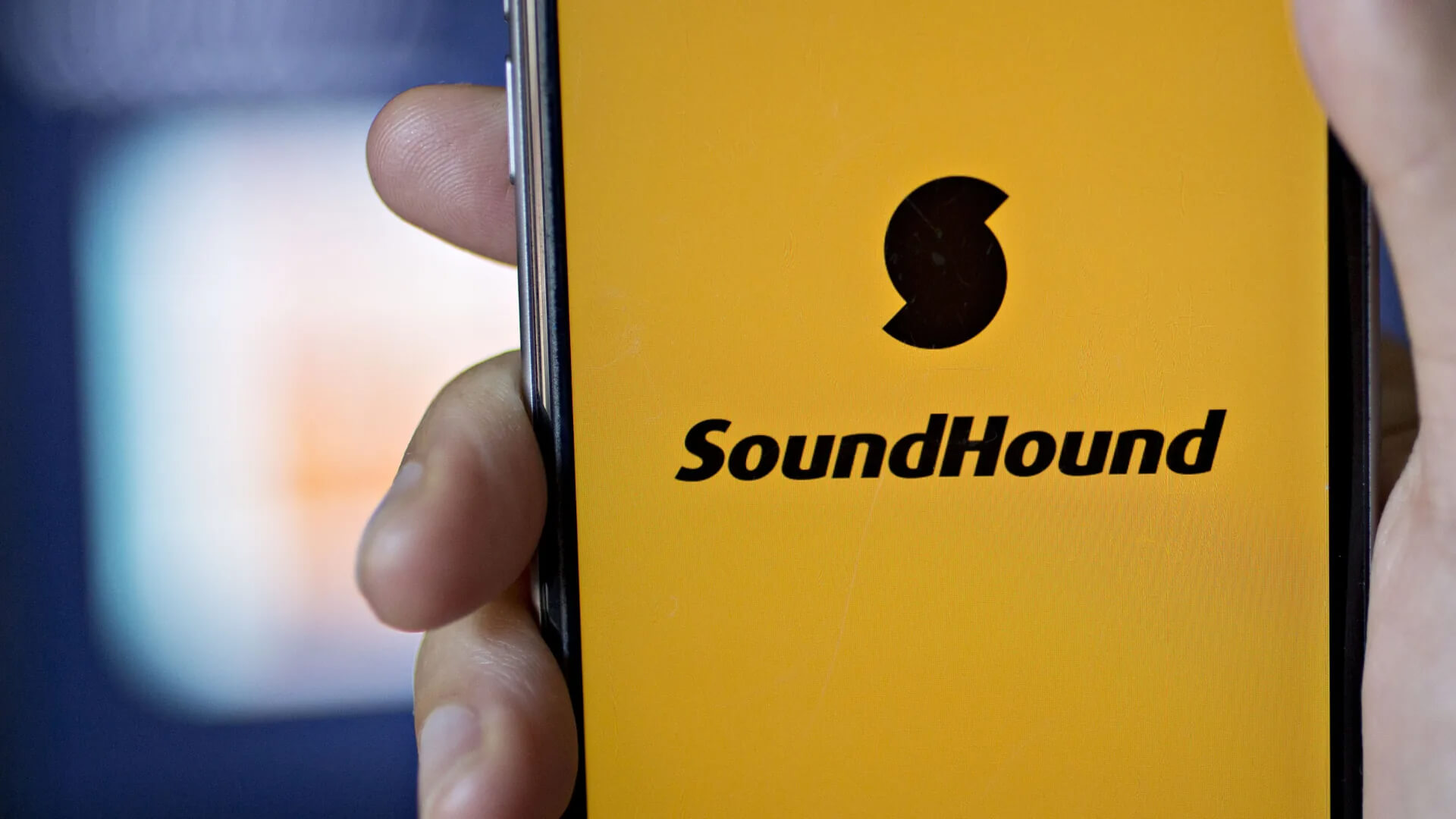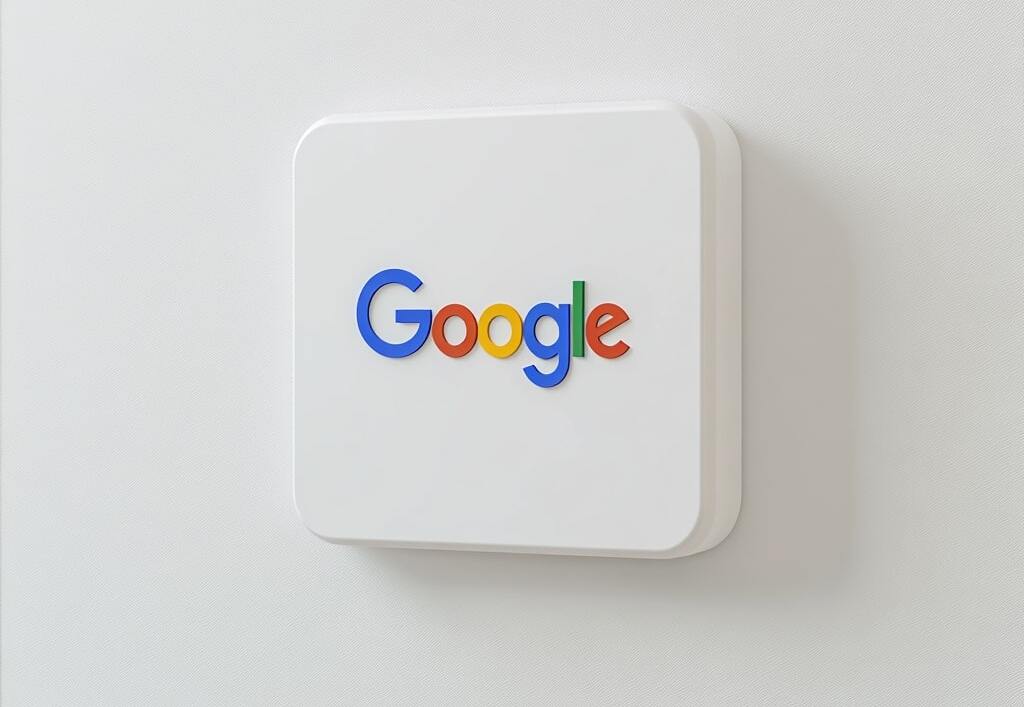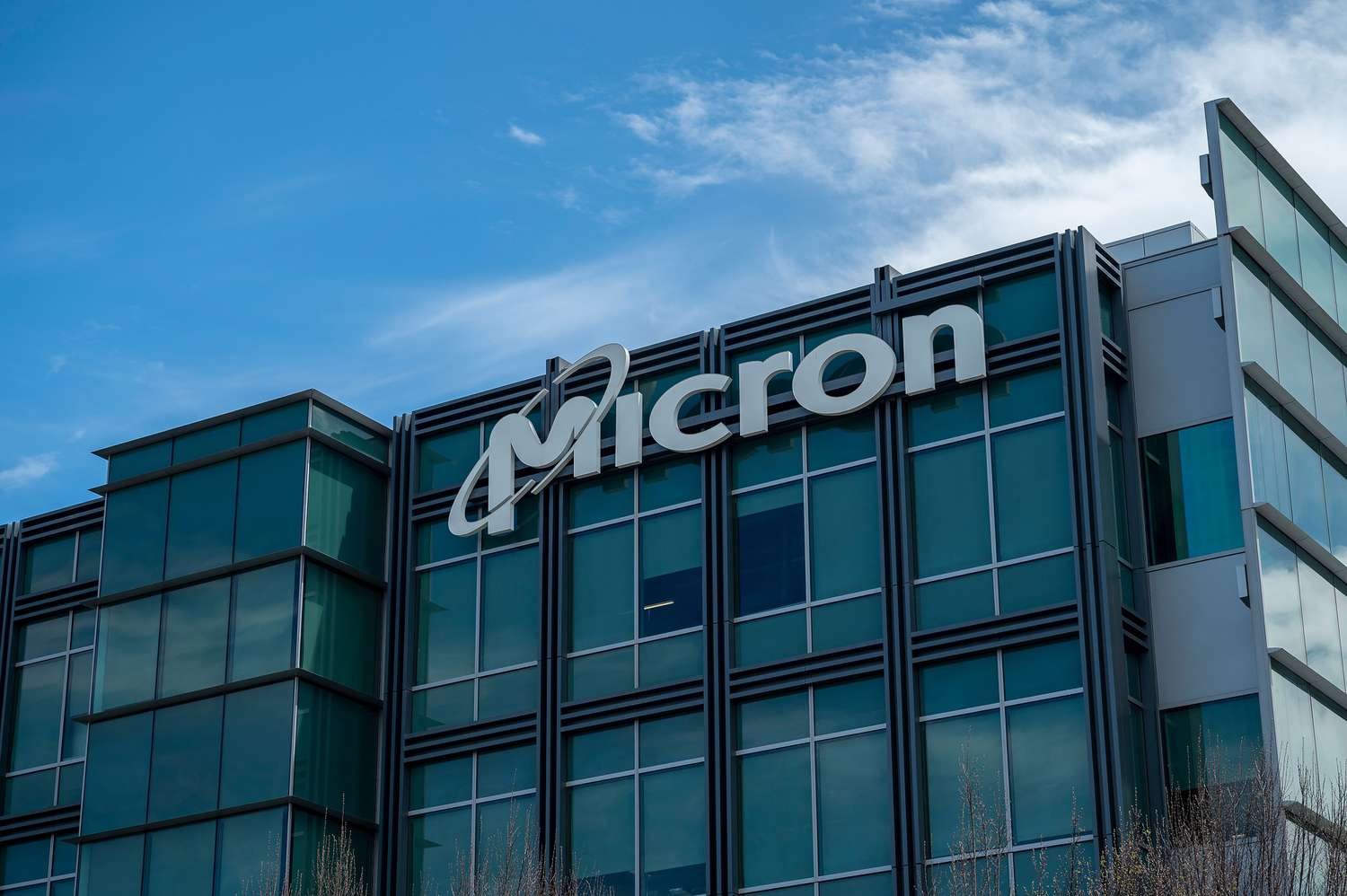
Apple Stock (NASDAQ:AAPL): Can AI-Powered Growth Push AAPL to $258?
With iPhone 16e and Record AI Services Revenue, Is Apple Still a Buy? | That's TradingNEWS
Apple (NASDAQ:AAPL) Stock Analysis: Can the iPhone 16e and AI Services Drive the Next Big Rally?
Is NASDAQ:AAPL Ready for a Breakout as iPhone and AI Services Reshape Growth?
Apple (NASDAQ:AAPL) remains a powerhouse in the tech sector, but its stock performance in 2025 has been lackluster, despite record-breaking earnings. Investors are split between bullish bets on AI-driven services growth and concerns about iPhone sales stagnation and China’s declining demand. With the introduction of the iPhone 16e, Apple Intelligence (AI), and a $500 billion U.S. investment plan, Apple’s future is at a critical juncture.
Apple’s latest Q1 2025 earnings report delivered $124.3 billion in revenue, up 4% year-over-year (YoY), marking an all-time high. Services revenue reached $26.3 billion (+14% YoY), setting another record, driven by Apple’s 2.35 billion active-device ecosystem. However, iPhone revenue remained flat at $69.1 billion, and China sales plummeted 11% YoY, raising concerns about future demand.
iPhone 16e: The Best Budget iPhone Ever?
The iPhone 16e has been one of Apple’s most controversial launches. Critics worry it could cannibalize base iPhone 16 sales, while optimists argue it expands Apple’s market share in the mid-range segment. The key difference? The iPhone 16e brings premium features to a lower price point, including Apple’s A18 chip, which unlocks AI-powered features that only high-end models previously had.
Priced at $599, the iPhone 16e effectively replaces the iPhone 14 and SE 3, offering superior value. Compared to the SE 3, the 16e gets a 48MP camera (up from 12MP), a longer battery life (26 vs. 22 hours), and a modern design with USB-C. The biggest game-changer is Apple Intelligence compatibility, making it the cheapest AI-ready iPhone.
However, the iPhone 16e lacks MagSafe and multiple cameras, and some analysts believe it won’t appeal to consumers upgrading from flagship models. Despite this, Apple's removal of older models from the lineup forces budget-conscious buyers to opt for the 16e, effectively increasing sales volume. In China, a 15% government subsidy on the 16e strengthens demand, further boosting revenue projections.
Can Apple’s AI Push Make Up for Slowing iPhone Growth?
Apple Intelligence is Apple’s biggest software shift in years, designed to compete with Google’s Gemini and OpenAI’s ChatGPT. AI is now deeply embedded into Apple’s ecosystem, improving Siri, photo editing, and predictive computing. The problem? Apple’s AI rollout is slow and limited to English-speaking markets, delaying its impact in key regions like China and Europe.
Services revenue is now Apple’s second-largest segment, generating over $100 billion annually, driven by subscriptions, cloud storage, and content platforms like Apple TV+ and Apple Music. This growth offsets stagnating iPhone sales and provides high-margin recurring revenue, a key factor in Apple’s long-term valuation.
Despite this, AI adoption isn’t a quick fix. While AI will deepen Apple’s ecosystem, it won’t immediately drive new iPhone sales at scale. Investors must watch how quickly Apple rolls out AI globally and whether consumers see it as a must-have feature.
Apple’s $500 Billion U.S. Investment Plan: Game-Changer or Overhyped?
Apple’s massive $500 billion U.S. investment plan has sparked debate among investors. The initiative aims to boost domestic production, reduce reliance on China, and enhance AI infrastructure, potentially strengthening Apple’s long-term position.
However, skeptics question whether Apple can realistically shift manufacturing away from China, where 40% of its suppliers are based. The biggest concern is how Apple will fund this initiative. Apple has historically prioritized stock buybacks over large investments, spending $95 billion on repurchases in 2024 alone. A shift in capital allocation could pressure stock performance or increase Apple’s debt burden.
Despite these risks, Apple’s investment plan positions it as a leader in U.S. tech innovation and could protect it from future geopolitical and regulatory challenges. The real question is whether this investment delivers long-term financial benefits or serves as a short-term political move.
China Sales Decline: A Major Red Flag?
Apple’s 11% YoY revenue decline in China is a warning sign. Local competitors like Huawei and Xiaomi are gaining ground, offering high-end smartphones at lower prices. Apple Intelligence is not yet available in China, making the iPhone 16 series less attractive compared to AI-driven competitors.
Apple’s response has been aggressive—offering deeper discounts and leveraging government subsidies to keep Chinese consumers engaged. However, without a major AI rollout in China, Apple could continue losing ground. The Chinese market remains critical, and investors must watch whether Apple can stabilize sales or cede further market share.
Is Apple Stock (NASDAQ:AAPL) Undervalued or Overpriced?
Apple currently trades at 38.3x earnings, with a forward P/E of 31.1x. Compared to historical averages, Apple still commands a premium valuation, but its AI-driven transition and recurring revenue model justify this premium.
Applying a 30x-40x P/E multiple to Apple’s FY25 projected EPS of $8.24, fair value estimates range between $250-$330 per share. Analysts maintain a $258 price target, implying 7% upside from current levels. However, if China sales worsen or AI fails to gain traction, downside risks could lead to a valuation correction.
Final Verdict: Is Apple Stock a Buy at $258?
Apple remains one of the strongest long-term investments in the market. Despite China headwinds and slowing iPhone growth, Apple’s expanding AI ecosystem, services revenue dominance, and strategic U.S. investments position it for sustainable growth.
Investors should watch AI adoption rates, China sales stabilization, and Apple’s capital allocation strategy. If Apple successfully scales AI and drives iPhone 16e adoption, the stock could break past $275 within the next 12 months. However, short-term volatility remains, making AAPL a solid long-term buy but a cautious near-term hold.
Final Rating: Buy with a Price Target of $258
Track Apple’s latest real-time stock performance
















